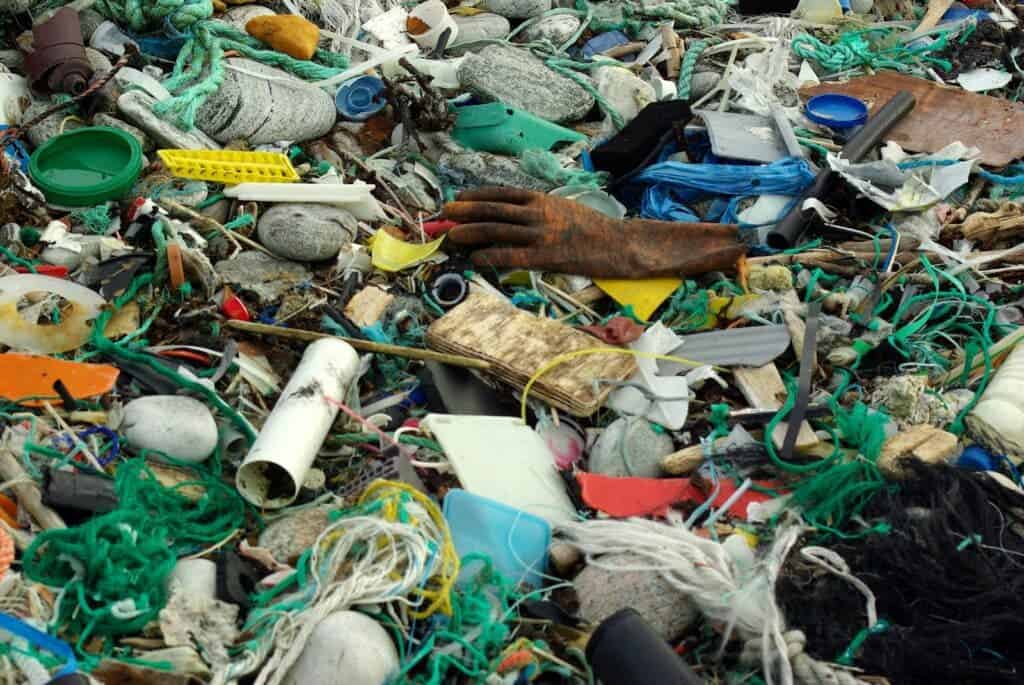The rate of plastic waste being recycled in the United States fell below 6% last year, according to a new report based on official data. The figure is explained by a surge in plastic consumption during the pandemic and by the decision of some countries, particularly China, to stop accepting US waste exports, the researchers found.

The report, carried out by the environmental organizations Beyond Plastics and The Last Beach Cleanup, sheds light on the state of recycling in the US amid a delay in reporting by the federal government. The Environmental Protection Agency (EPA) last published recycling rates in 2020 based on 2018 data and didn’t update it last year.
Using the most recent EPA data available as well as last year’s plastic waste exports, the researchers estimated that US citizens recycled 5% to 6% of their plastics, down from the 8.7% in 2018. But the figure could actually be lower, they argued, considering factors such as plastic waste collected for recycling that ends up being burned instead.
“The plastics industry must stop lying to the public about plastics recycling. It does not work, it never will work, and no amount of false advertising will change that,” Judith Enck, Beyond Plastics head, said in a statement. “Instead, we need consumer brand companies and governments to adopt policies that reduce the production, usage, and disposal of plastics.”
Plastic waste expansion
While plastic use dropped in the US in the early days of the pandemic, consumption is now growing again as economic activity is rebounding to its pre-pandemic levels, the report adds. Between 1980 and 2018, per capita plastic waste generation in the US surged by 263%, going from 60 pounds to about 220 pounds per person per year.
The problem is also exacerbated by changes in the global recycling market. Countries like China used to accept ships packed with plastic waste from the US, but that’s no longer an option after changes in local regulations. This means more plastic is thrown away as few US facilities have the capacity to recycle bigger amounts.
The researchers argued the new recycling data should be a wake-up call about the infeasibility of plastic recycling. The maximum amount of plastic waste the US has been able to recycle was 9.5% in 2014, which is still very low. More recycling infrastructure won’t solve the problem, they argued, suggesting a different strategy.
Companies and lawmakers should embrace policies that limit the production, usage, and disposal of plastics, the report reads, also suggesting reusable container programs, single-use plastic bans, and refillable water bottles. A plastic pollution act was introduced in Congress last year, asking to stop the expansion of plastic manufacturing facilities.
Plastic, most of which is made from fossil fuels, takes hundreds of years to decompose and break down. Rather than fully degrade, plastic breaks down into smaller pieces called microplastics, which spread across all ecosystems on the planet — we unknowingly consume around a credit card’s worth of microplastics every year.
Only 9% of plastic is recycled on a global scale, according to a report from earlier this year, with 50% ending up in landfills and 19% being incinerated. However, rich economies generally fare much better than the US in this regard. The European Union recycles around 41% of the plastic it consumes, while Japan recycles over 80%. While these figures are still not ideal and the best way would be to use less plastic, it’s striking how far behind the US is in this regard.


